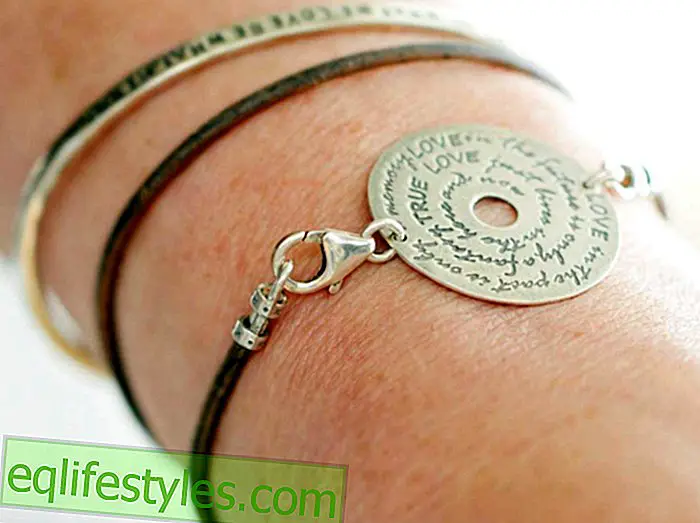
Photo: Fotolia
- Activate self-healing process
- Basics of Orthokin therapy
- This is how the self-blood therapy is carried out
- Criticism of this treatment of osteoarthritis
Activate self-healing process
Orthokin therapy aims to treat arthrosis causally with the body's own messengers. However, this type of self-blood therapy is considered controversial, as there is no well-founded scientific evidence for successful efficacy
Basics of Orthokin therapy
This form of self-blood therapy wants to activate the self-healing process of the body. At the same time, it should also have an anti-inflammatory and pain-relieving effect. The Orthokin therapy assumes that the cartilage wear in osteoarthritis due to subtle inflammation in the affected joint. If the affected joint is not yet in the final stages of osteoarthritis, orthokin therapy should not only stop the disease from progressing, but even allow regeneration of the damaged cartilage. Depending on the severity of the existing osteoarthritis four to six sessions should be necessary. After two years, the self-blood therapy should also be repeated.
This is how the self-blood therapy is carried out
In the first step, blood is withdrawn from the arm vein with the special syringe containing small surface-treated glass beads. This is followed by an incubation period of several hours during which the immune cells of the blood sample in the interior of the syringe are stimulated by means of a protein synthesis to produce a body-own inhibitor.
The proteins are then separated from the blood, so you get a concentrated protein solution or Orthokin. These concentrated inhibitors can counteract the trigger of subliminal inflammation, for example, in the knee. For this purpose, the orthokin is injected back into the osteoarthritis affected joint.
Criticism of this treatment of osteoarthritis
Orthokin therapy is considered controversial. Previous studies were patchy or did not reach statistical significance levels. A clear effectiveness of the substance mixture used in the self-blood therapy could thus not be detected. In addition, intraarticular injections, such as orthokin therapy, present a risk of infection, although no efficacy is confirmed.









